Organisation. Sanford Kwinter
Publicado en a+t 46 Organization or Design?
November 24, 2016

"‘La Organización’, como todo, tiene una procedencia y un ‘origen’–así como una prehistoria– y ambos importan, o de hecho se puede hacer que importen como medio para inventar una salida elegante de la anomia digital en la que todos consideramos que se encuentra actualmente nuestra disciplina. Cada punto de contacto en la historia del concepto representa, además, un episodio significativo en el desarrollo de una modernidad materialista1.
Su ‘prehistoria’ se puede fechar en 1770 el año (más o menos) en que Denis Diderot elabora, en su conversación con D’Alembert, la idea de que la capacidad de una intencionalidad generalizada, que se puede intuir en las cosas naturales, deriva nada menos que de “une certaine organisation” inherente a la ‘materia sensible’2. En suma, organización es la capacidad de recibir una señal3, así como de enviarla y almacenarla (memoria). Casi al mismo tiempo, en Alemania, Johannn Goethe propone una teoría del crecimiento de las plantas y de la mecanica de diferenciación (otro ejemplo de la poderosa intuición “algorítmica” natural de Goethe) como consecuencia de tres impulsos morfológicos –la forma flexible, el ciclo y el gradiente4– “gestionados” dentro de un marco ambiental de factores que producen un sinfín de variaciones de mezclas posibles, pero siempre sujetas a control5, tanto interno como externo, y para siempre vinculadas a ellos.
La forma en ambos casos está dotada de una nueva característica: se convierte a la vez en la memoria de los acontecimientos y en la progenitora de otros nuevos. Estas son conocidas como ideas ‘genéticas’6..."
Extracto del ensayo "Organisation" de Sanford Kwinter, publicado en a+t 46 Organization or Design?
Notas:
1. “La filosofía materialista” considera actualmente, –sin ninguno de los prejuicios con los que en épocas anteriores se usó el término– a las no-, post- y supra- concepciones metafísicas de la naturaleza que identifican o imaginan las causas, como inseparables de la esfera de acción de sus efectos. Dentro de la tradición occidental, las raíces de este pensamiento, a menudo derivan de los presocráticos–preeminentemente en la cosmología atomista de Demócrito– y se detectan a través de la filosofía natural de Lucrecio, a través de Giordano Bruno y Nicolás de Cusa en el inicio de la era moderna y a través de la filosofía, la sociología y la economía materialista de los siglos XIX y XX (Marx preeminentemente, pero también Diderot antes y Nietzsche después, todos en contra de los ‘vulgares materialistas’). Estas ideas llegaron a formar la base de muchas filosofías de la naturaleza del siglo XX, incluyendo los movimientos de filosofía social de posguerra, con las obras de Michel Foucault, Gilles Deleuze, aspectos de la de Henri Bergson, Alfred North Whitehead, etc. Un exponente significativo y un cronista de la historia del materialismo hoy es el autor Manuel De Landa, cualquiera de cuyas obras proporciona un resumen rico y diáfano de la situación actual. Un principio central, que ha tenido un impacto considerable en la reciente teoría del diseño, es que la materia misma posee capacidades “morfogenéticas” y no es simplemente un receptor inerte de información formal impuesta desde el exterior.
2. “De la materia sensible” en El Sueño de D’Alembert. Compañía Literaria, 2001. La resistencia de Diderot al mecanismo y su postulado de un materialismo creativo, verdaderamente espontáneo que lo anule, es un precursor esencial de las invocaciones metafísicas de los computacionalistas posteriores.
3. La muy invocada frase de Gregory Bateson “La información puede ser definida como la diferencia que hace la diferencia” se erige como un hito en la teoría de la información de mediados de siglo (psicología cibernética). A lo que Bateson se refiere, y en lo que nos basamos aquí, es en la capacidad de cualquier punto en el espacio y en el tiempo para diferenciarse de su entorno mostrando una mayor proporción de esta diferencia –que puede ser cualquier calidad o rasgo- que el contexto contra el que opera o se distingue. La información y la organización no son términos equivalentes, pero con frecuencia aparecen en superposición ordenada y legítima entre sí. Gregory Bateson. Pasos hacia una ecología de la mente. Lohlé-Lumen, 1997.
4. Johann Wolfgang von Goethe, The Metamorphosis of Plants, MIT Press, 2009 original 1790) sobre el período de “homología” seminal y las teorías de la “transformación”. Un excelente tratamiento del formalismo biológico de Goethe se puede encontrar en Stephen Jay Gould, La estructura de la teoría de la evolución, Tusquets Editores, 2004.
5. La teoría del control pertenece a uno de los dos desarrollos conceptuales más importantes de las ciencias naturales de los últimos 200 años. Postula un continuo de señales interconectado –de comunicación o influencia– al que el problema de la información es capaz de darle sentido; una vez más generaliza y materializa el problema de la ‘causalidad’ mediante la colocación de su acción sobre el mismo plano de operación que la de sus ‘efectos’, de ahí la ontología plana’, tan venerada (y vagamente comprendida) por filosofías ‘realistas especulativas’ contemporáneas. La biología teórica de finales del siglo XIX y principios del siglo XX tomó el término ‘regulación’ (y a menudo antes que el término de inspiración aristotélica ‘entelequias’) de la obra de Hans Driesch, Wilhelm Roux y otros, ya que todos los biólogos se vieron obligados a dar cuenta del problema fundamental de cómo la asimetría (diferencia) surge de la aparente homogeneidad (sobre todo en la blástula inicial).
6. Ernst Cassirer, las opuso elegantemente a las ideas ‘genéricas’ inmutables, la piedra angular de los pensadores de la Ilustración y sobre todo de las tablas de clasificación de especies y dibujos corporales de Linneo. Ernst Cassirer, Rousseau, Kant, Goethe. Filosofía y cultura en el siglo de las luces. Fondo de Cultura Económica, 2008.
RELACIONADOS
|
|
|
|






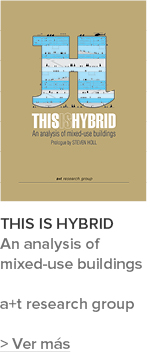
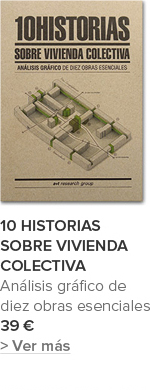
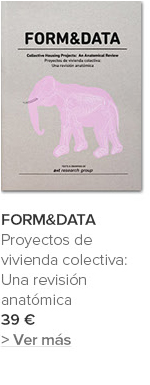
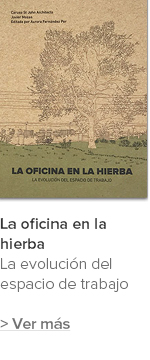





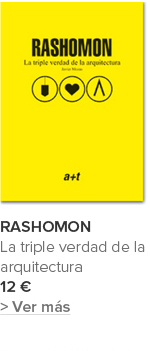












 He leído y acepto las
He leído y acepto las 


